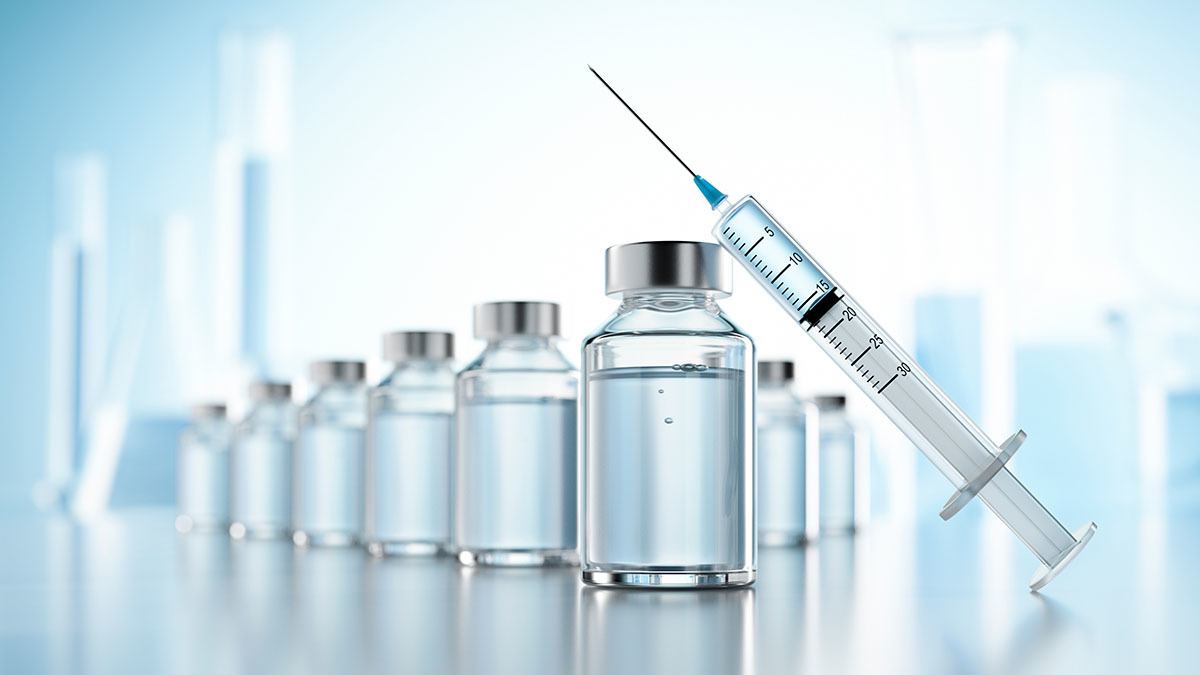USP Simulated Use Extractables Testing
The USP Simulated Use Extractables (SUE) testing is a critical analytical procedure that evaluates the extractable profiles of pharmaceutical packaging materials and containers under conditions that simulate real-world use. This testing ensures that potential contaminants from the container-closure system do not adversely affect drug quality, efficacy, or safety.
The process involves exposing the packaging to various simulated use conditions such as storage temperature, humidity, light, and mechanical stress. Extractables are then analyzed by a range of techniques including high-performance liquid chromatography (HPLC), Fourier transform infrared spectroscopy (FTIR), gas chromatography-mass spectrometry (GC-MS), and ion mobility spectrometry (IMS).
This service is essential for pharmaceutical companies to comply with regulatory requirements, ensuring product safety and efficacy. It helps in identifying potential leachable substances that could interact with the drug during storage or dispensing.
The testing protocol closely follows the USP United States Pharmacopeia standards, which are recognized globally for their stringent quality assurance measures. This service is particularly important in the development and manufacturing phases of pharmaceutical products to mitigate risks associated with container-closure systems.
The process begins with selecting appropriate test conditions that mimic actual storage and handling practices. Specimens are then prepared according to specified protocols, ensuring accurate representation of real-world scenarios. After exposure, extracts are analyzed using sophisticated analytical instruments capable of detecting trace amounts of compounds.
Accurate reporting is crucial in this service. Results from the SUE testing help determine whether any identified extractables pose a risk and guide necessary actions such as formulation adjustments or material changes. Compliance with USP guidelines ensures that all tests are conducted under standardized conditions, enhancing reliability and comparability of results across different laboratories.
By implementing USP SUE testing early in the development process, pharma companies can proactively address potential issues before they become critical problems during clinical trials or market release. This proactive approach not only enhances product safety but also reduces costs associated with recall and remediation efforts post-market.
Applied Standards
| Standard | Description |
|---|---|
| USP General Chapter <1683> | This standard provides detailed guidance on the procedure for simulated use extractables testing, including sample preparation methods and analytical techniques. |
| ISO 10993-25 | An international standard that outlines biocompatibility assessment procedures which can be applied to assess potential risks from container-closure systems. |
Benefits
Implementing USP Simulated Use Extractables Testing brings numerous benefits to pharmaceutical manufacturers:
- Enhanced product safety and efficacy through early detection of potential risks.
- Compliance with regulatory requirements, ensuring adherence to stringent quality standards set by governing bodies like the FDA and EMA.
- Prompt identification and mitigation of issues in container-closure systems before they impact clinical trials or market release.
- Cost savings associated with avoiding post-market recalls and remediation efforts.
International Acceptance and Recognition
The USP Simulated Use Extractables Testing is widely accepted across various regions due to its rigorous methodologies and comprehensive approach:
- Australia – Recognized by the Therapeutic Goods Administration (TGA).
- Canada – Included in Health Canada's regulatory guidelines.
- European Union – Adopted by the European Medicines Agency (EMA) as part of its quality assurance framework.





